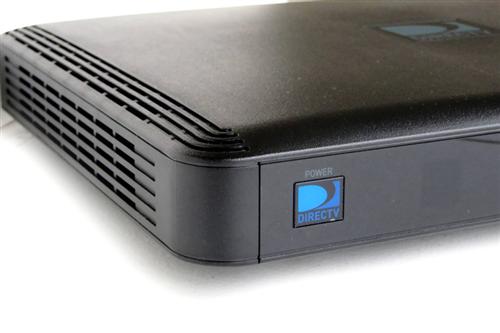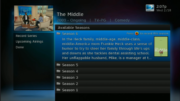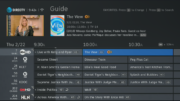It sits there all day, just waiting for you to push a button. It’s one of the defining pieces of technology of the last four years, one of the gadgets we just can’t live without. But how does it work?
Unlike this article from mashable, we’ll actually tell you.
Your DVR starts as a regular old receiver. It’s got everything a receiver does: tuners (the exact number of them depends on the model of DVR you have), decoders and processors that turn the incoming signal into something you can watch, and outputs so you can actually watch. There are a few little extra bits too: remote control hardware, networking, a front panel. But the basics are the tuners, decoders/processors, and outputs. Take those, put them together and you have a receiver.
There’s so, so much more.
When the signals come in, they are split. The signal goes out live to your TV, so that there’s no lag between what’s coming in and what’s going out. At the same time, the signal is being recorded to your DVR’s hard drive. That’s right, there’s a hard drive in there as if it were any old PC. The signal is translated into files and those files are stored.
If you are recording something, the fiels are stored permanently, and if you’re just watching TV, they’re stored in something called “the buffer.” The buffer is always recording the most recent chunk of time (90 minutes on DIRECTV DVRs, 60 minutes or 30 minutes on other DVRs.) Even when you don’t ask the DVR to record, it’s always recording.
If you decide to pause or rewind, the video signal is instantly switched from the live feed to the recorded one, and you don’t even notice the difference. You’ll stay on the recorded feed, reading those recorded segments in the buffer, unless you choose to “catch up” to live TV.
Of course, playing back a recorded program is just a matter of choosing it in your DVR’s playlist, and then it goes back, finds the files it laid down on the hard drive, and plays them as if they were live TV. It’s pretty seamless.
There are a lot of background bits at work too. There’s a scheduler, which is constantly checking to make sure that what you want to record actually records. It checks the guide almost neurotically, looking for changes that might indicate that it needs to reschedule something. There’s also the guide itself, which is downloaded almost constantly from a special feed. In most cases this is from a separate signal on the satellite or cable feed, but with some DVRs the guide comes from the internet.
Some DVRs like Genie and TiVo also pay attention to what you’re recording and watching. They sift through all that data and try to find other shows that you might like, based on what you’re already watching. If you let your DVR do it, most of them will record some sort of suggested content for you, as long as it doesn’t interfere with what you’re already recording.
If it sounds like you’re DVR has been busy, it has — and those are only the core functions. A DVR is actually a pretty powerful computer, and all that power is there for one reason and one reason only — to keep you from missing American Idol when you need to go to the bathroom. Pretty neat!




